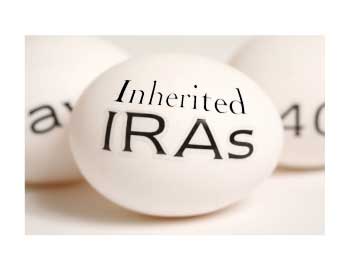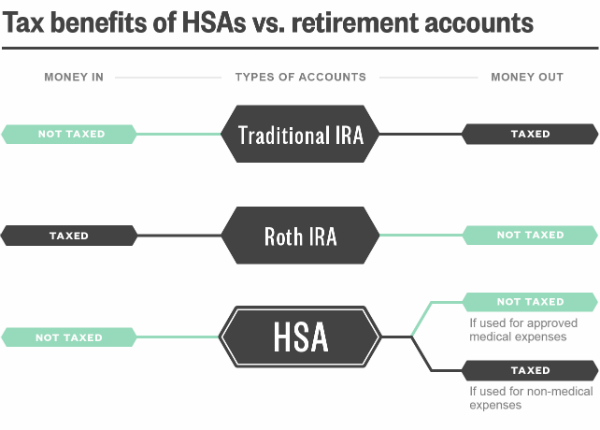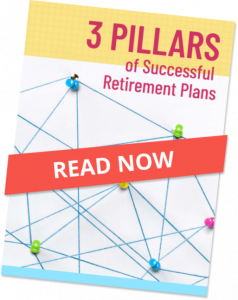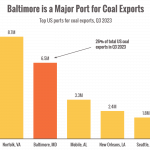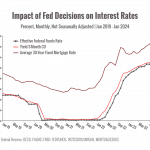Money Lessons for Professional Athletes
 “Many NFL, NBA and Major League Baseball players have a penchant for losing most or all of their money. It doesn’t matter how much they make. And the ways they blow it are strikingly similar.”
“Many NFL, NBA and Major League Baseball players have a penchant for losing most or all of their money. It doesn’t matter how much they make. And the ways they blow it are strikingly similar.”
— Sports Illustrated
Barry Ritholtz gives a good run down on how professional athletes go broke:
Youth and inexperience: Most professionals see their salary gradually increase over the course of their career. By the time they are making the big bucks, age and experience has taught them (more or less) how to manage their finances.
Not so for the pro athlete. After being an unpaid student athlete in college, they suddenly have access to millions of dollars. I don’t know about you, but I am fairly certain that if someone gave me $2 million when I was 21, I would have died in a fiery Ferrari wreck or some other foolish thing. It is a simple formula: Youth plus inexperience with money equals bad outcomes.
Athletes have short careers: Injuries, trades and the sheer quality of competitive talent means a twenty-year sports career is the exception, not the rule. On the other hand, white-collar professionals enjoy careers that last 30, 40, even 50 years — more time to amass their wealth, as well as a much longer period to figure out how to manage it.
Young athletes spend too much money: Suffice it to say they spend lots and lots of money, often more than they actually have. Divorce, child support and the costs of an entourage all eat into the cash flow.
Dazzled by the lifestyles of veterans — whose longevity and endorsement deals put them way ahead of the average player in terms of income — these professional competitors may feel pressure to compete off the field. Trying to keep up is a recipe for disaster.
Everyone takes home much less than they realize: Holding aside the issue of unwise spending, let’s look at nondiscretionary spending. GQ analyzed the finances of the typical athlete making $5 million a year. Right off the top, Uncle Sam and the resident state where he plays takes a hefty share — about half for someone in that top tax bracket. Then you have the professional managers, lawyers, accountants, etc. The agent takes $250,000, while the manager may take up to twice that amount. Trainers, nutritionists, travel and courtesy tickets all eat into the net.
Before spending the first discretionary dollar, the typical $5 million player is already down about 70 percent of the gross, to $1.5 million. That sounds like a lot of money, but a naive kid who has a $5 million dollar budget in his head can quickly find himself way behind.
Barry’s five simple steps that athletes (and non-athletes!) can take to avoid financial crisis:
1 Be involved: It is important that a young investor becomes involved with financial planning from the beginning of a career. He should understand what his take-home pay is (after taxes and fees) — and know what he is spending money on.
Be aware of the other numbers involved: What your career expectancy is. How much you are likely to make. What it is going to cost to live a certain lifestyle.
2 Have a plan: A young athlete should plan for three phases of a career: rookie years, top earning years and the life after sports.
In the first part of a career, the emphasis should be on improving your game, and saving money. Don’t worry about indulging in luxuries; you have the rest of your life to do that. Once you enter your prime earning years, you can loosen up a touch and spend more — but always within your means.
The last part of athletes’ careers is often the longest: when they are no longer playing professional ball. Having enough saved to carry them for the next 40 years is important. So, too, is having a second career — whether as an entrepreneur or a color commentator on TV sports broadcasts or as a coach.
Mapping out a workable plan for these three phases is crucial to avoiding that “other” phase: Bankruptcy.
3 Keep your costs low early in your career: Investors learn that costs, taxes and excessive fees are a killer of portfolios over the long term. So, too, are all of the small costs that eat into a professional athlete’s financial pie.
It helps to find a more seasoned and experienced teammate to walk you through what you should and should not be paying for.
4 Avoid debt and leverage: Learning to live within your means is a crucial financial skill for anyone. It is especially valuable for someone earning big bucks for what is likely a few short seasons. Debt simply means you are living beyond your means, even at those big salaries.
The latest snare waiting to trip up the unwary and impatient young athlete is the payday loan. For a very large fee, professional athletes can get huge advances on their salaries. These loans can be usurious, with fees and interest adding up to annual rates of 25 percent or higher. These are to be avoided at all costs.
5 Keep your investments simple: What most people think is the hardest aspect of finance is in reality the simplest: Avoid complex (private placements) or expensive (hedge funds or private equity) investments. Don’t make loans to friends or family. Don’t back start-ups. Don’t invest in new technology. Never buy fancy financial “products.” And whatever you do, for God’s sake, don’t put money into a restaurant.
Instead, have a simple asset allocation model of broad indices (U.S. equities, emerging market stocks, corporate bonds and Treasuries). You are in your early 20s, so you should have a 40- to 50-year time horizon for these investments. Don’t waste your time stock-picking or timing, just let the markets work for you. Build a portfolio of high quality, tax-free municipal bonds (especially if you live in a high tax state). These will pay you an income as long as you hold them.
Source:
Barry Ritholtz / WP




